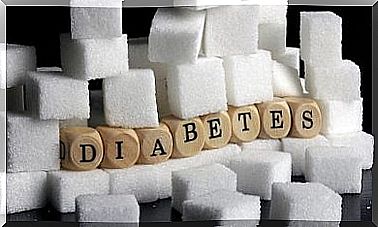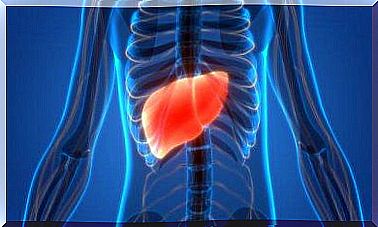What’s So Bad About Belly Fat?
Belly fat is more than an aesthetic problem and should therefore be consistently avoided

Belly fat is usually a reason for dieting, because a bacon belly is perceived as unattractive. But before you worry about your appearance, you should prevent belly fat as a matter of principle, as it brings great health risks with it.
Belly fat protects organs
If you have a lot of belly fat, you have an increased waist size. The abdominal circumference is often used as a basis for determining visceral fat, i.e. the amount of body fat in the abdominal cavity.
This means the fat in which the internal organs are embedded. A certain amount of this belly fat is necessary to protect the organs and the digestive tract, but too much belly fat carries serious health risks.
It is therefore advisable to keep the waist circumference as small as possible in order to prevent health disadvantages from too much belly fat.

Measurement of the waist circumference
The waist circumference is a measure for determining visceral fat. This is very easy to measure. To do this, you should be sober in the morning and not have had anything to drink. It is best to stand in front of a mirror in which you can see your stomach, for example a cloakroom mirror.
The stomach must be bare and you should stand in front of the mirror, not sit. Now take a measuring tape and place it around the thickest part of your stomach. This is usually in the region above or below the navel.
In order not to cheat on yourself, you should stand relaxed, keep breathing and neither exhale excessively nor pull in your stomach or hold your breath. The looser and more relaxed you stand, the more accurate the result.
What number do you read off? For women with a waist circumference of 80 cm and above, there is a health risk, for men from 94 cm. If your waist circumference is over 88cm, or over 102cm for men, there is an absolutely urgent need for action!

Waist-to-Height-Ratio
The measurement of the waist circumference is a first, orienting measure to determine the health risk from belly fat.
Because every person is different, the indication of centimeters only means orientation. It becomes more precise with the waist-to-height ratio, i.e. the exact ratio of waist circumference to body size.
To do this, simply divide the number of your measured waist circumference by the number of centimeters of your height. For example, if you are 1.68 m tall and have a waist circumference of 73 centimeters, your waist-to-height ratio (73 divided by 168) is about 0.44.
Now it depends on your age: if you are under 40 years old, values below 0.5 are harmless to health. If you are at least 40, but under 50, your waist-to-height ratio can be a little higher and should be between 0.5 and 0.6. From the age of fifty, a value of up to 0.6 is considered harmless.
And? What’s your waist-to-height ratio?
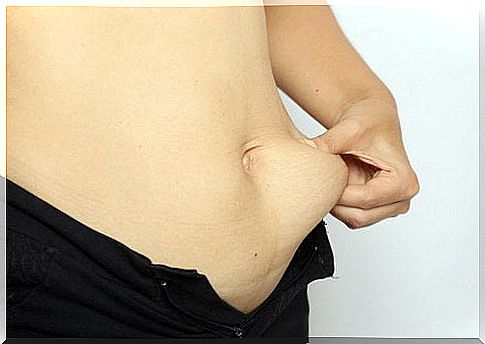
Risks of too much belly fat
If you have too much belly fat, you should not only pinch your pants, but your conscience should also get violent remorse. Because the more belly fat, the higher the health risk. The following diseases are favored by too much belly fat:
- Heart attack
- stroke
- Diabetes mellitus
The risk arises from the fact that the fat cells in the abdominal fat tissue influence certain hormones.
Some of them have an influence on the metabolism and the feeling of hunger and are responsible for further rapid weight gain. This often leads to obesity, i.e. obesity, and harbors other serious health risks.
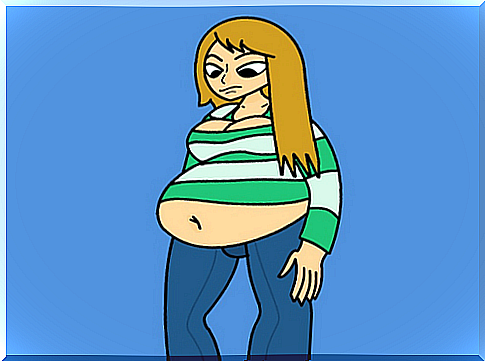
Risk of being overweight
It should be clear to everyone that being overweight is not healthy. Any extreme on the scales is unhealthy, but being overweight has more negative consequences than most people think. These include, among others, especially in people with increased belly fat:
- Heart attack
- high blood pressure
- stroke
- arteriosclerosis
- diabetes
- increased fat levels in the blood
- Metabolic syndrome
- thrombosis
- increased risk of Alzheimer’s disease
- increased risk of cancer
So it makes sense, not only for aesthetic reasons, to make sure that the waist circumference is within a healthy range and in a healthy proportion to the body size.
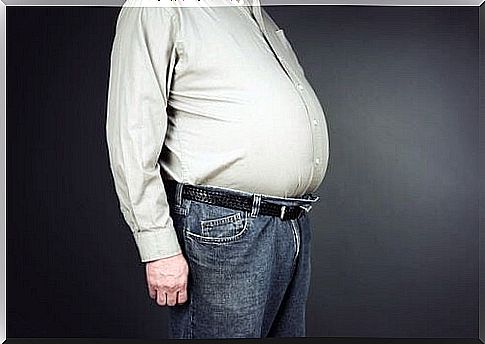
Trunk obesity
Did you know that the “bacon belly”, colloquially known as “beer belly”, is medically called “trunk obesity”?
This also describes the tendency, which occurs especially in men, to accumulate body fat in the middle of the body, i.e. to ensure through improper nutrition that the navel moves further and further away from the back.
What is affectionately titled “raccoon belly” in smaller specimens is actually a health risk.
So take the tape measure and measure not only your waist size, but also that of the man by your side – because he shouldn’t get sick from his belly fat either, right?

